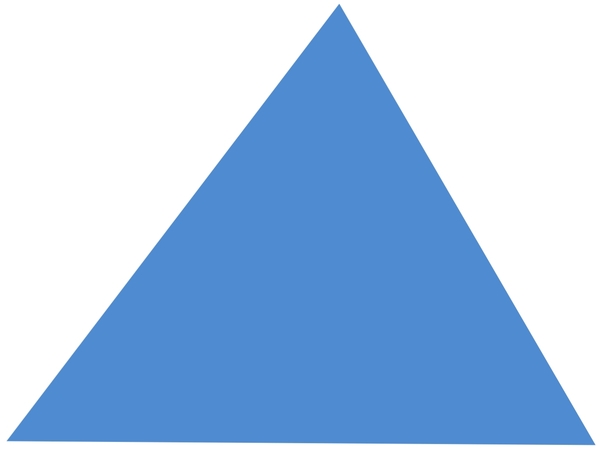Almost Equilateral

Consider a triangle whose sides are three consecutive integers and whose area is also an integer.
Let be the smallest area of such a triangle.
Then for fixed real numbers and .
Choose the correct relation between and .
This section requires Javascript.
You are seeing this because something didn't load right. We suggest you, (a) try
refreshing the page, (b) enabling javascript if it is disabled on your browser and,
finally, (c)
loading the
non-javascript version of this page
. We're sorry about the hassle.
let the side lengths of the triangle be s − 1 , s , s + 1 , with s ∈ N . then by herons formula, the area is A = 4 1 ( 3 s ) ( s + 2 ) ( s ) ( s − 2 ) = 4 s 3 ( s 2 − 4 ) = 4 3 s k for A to be integer, we require there to be a k ∈ N such that s 2 − 4 = 3 k 2 ⟹ ( 2 s ) 2 − 3 ( 2 k ) 2 = 1 notice that from the left eqn ( s , k ) must both be evens, meaning the equation in the right is a pell's equation in ( 2 s , 2 k ) . For equations of the form x 2 − D y 2 = 1 → x n + y n D = ( x 1 + y 1 D ) n with ( x 1 , y 1 ) being the fundemental solution to the system(i.e the smallest one). Its easy to see with D = 3 that the fundemental solution is ( 2 , 1 ) . so we have ( 2 s , 2 k ) = ( 2 ( 2 + 3 ) n + ( 2 − 3 ) n , 2 3 ( 2 + 3 ) n − ( 2 − 3 ) n ) ⟹ A = 4 3 s k = 4 3 ( ( 2 + 3 ) 2 n − ( 2 − 3 ) 2 n ) = 4 3 ( ( 7 + 4 3 ) n − ( 7 − 4 3 ) n ) The answer follows